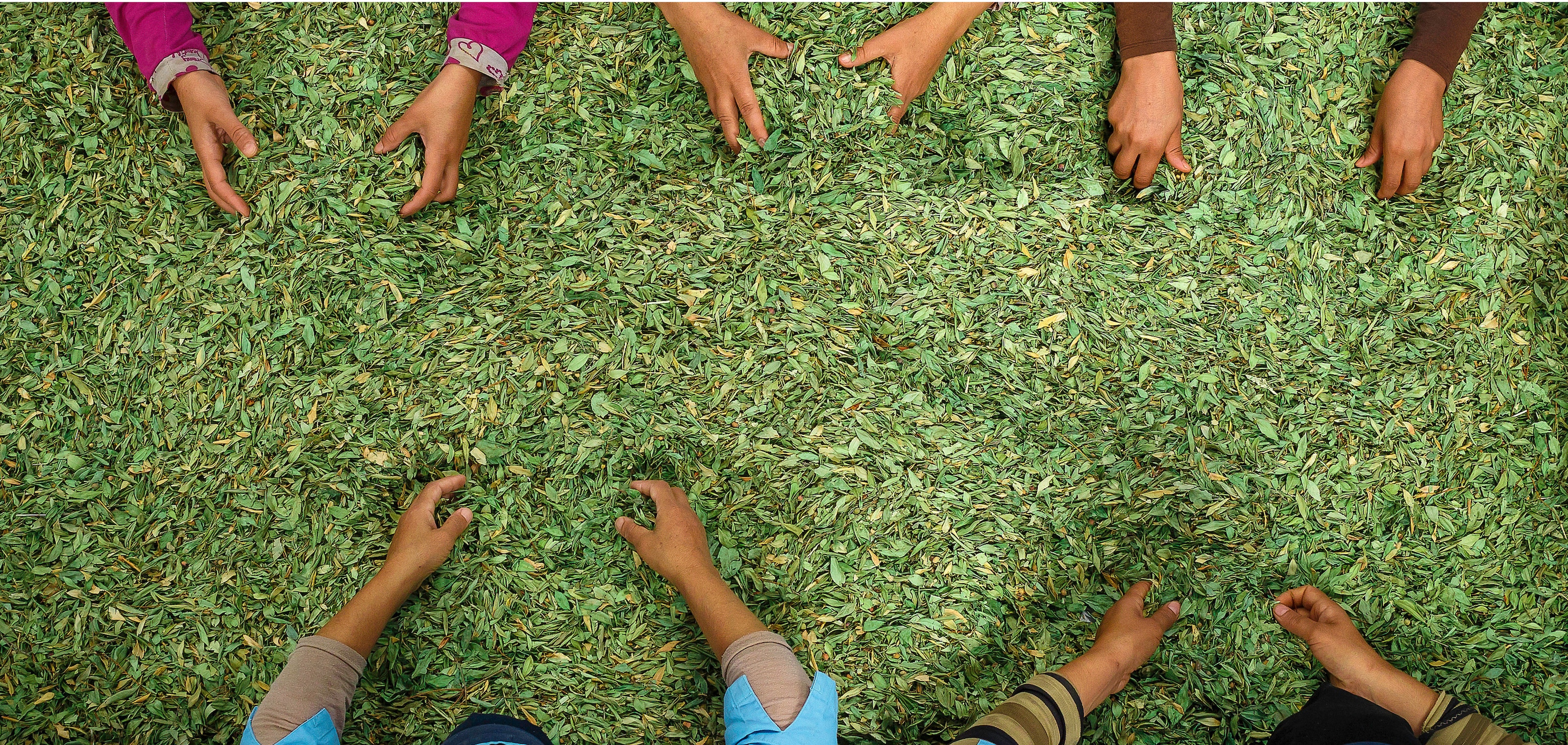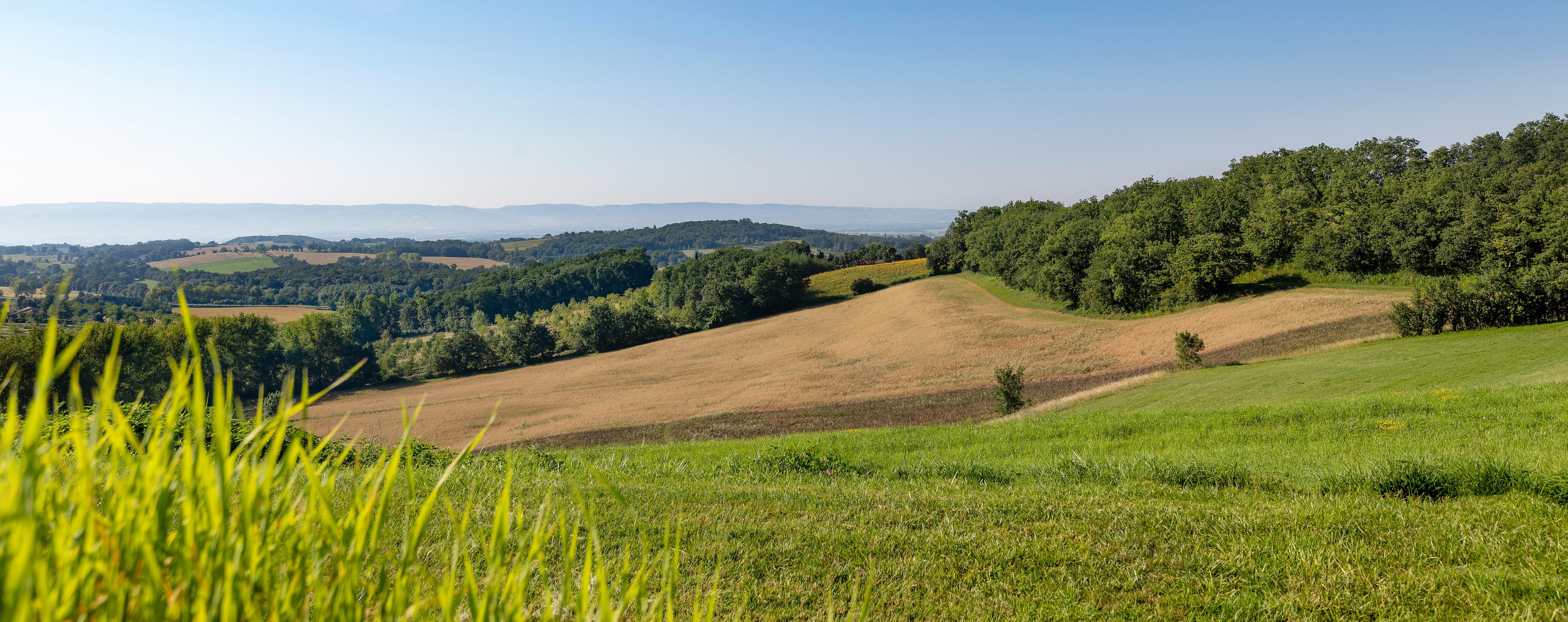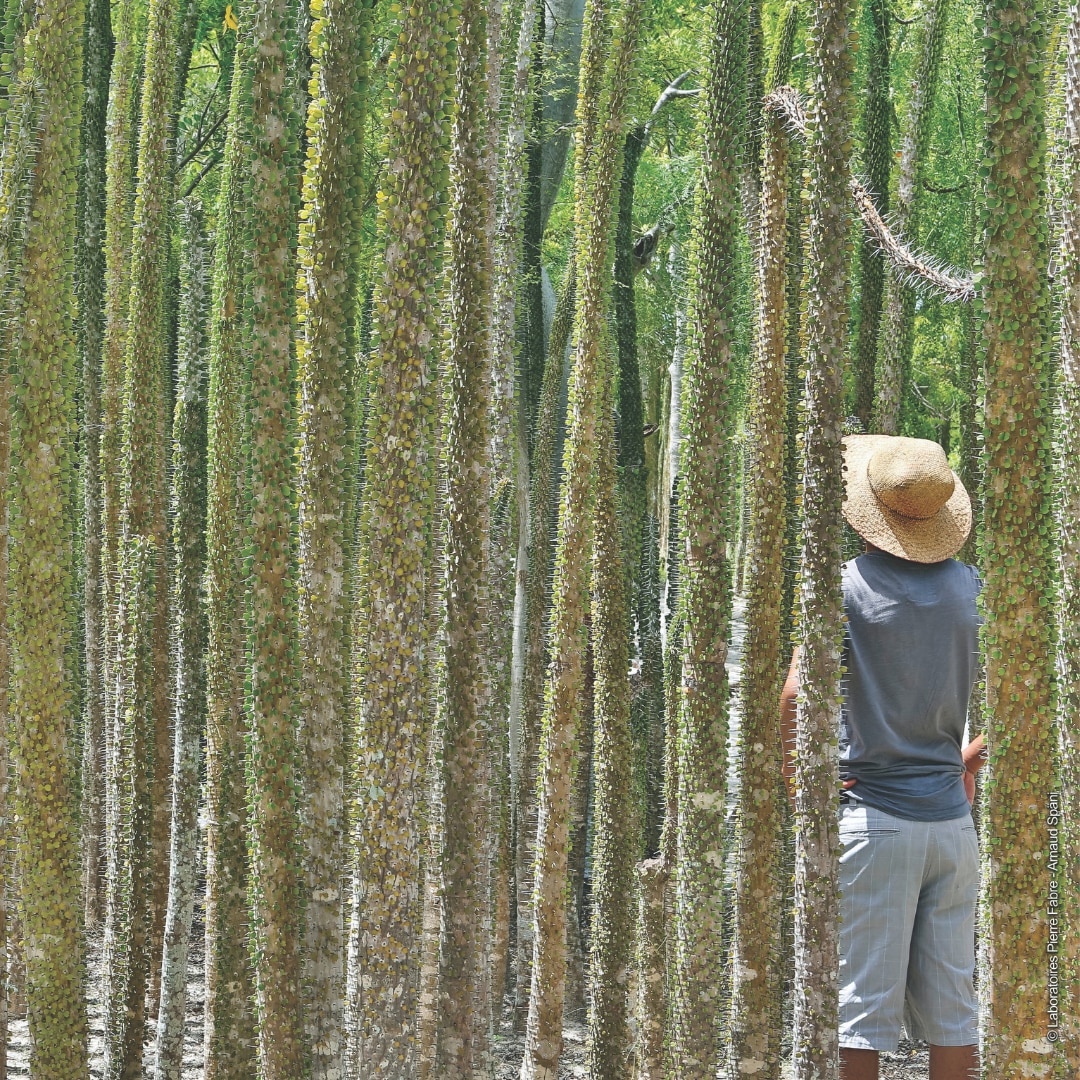Acting in Full Transparency with the Green Impact Index Consortium
The labeling tool that gives you a clear picture of the environmental and social impacts of our products, based on an easy-to-understand score: A+B+C+D+E.
The labeling tool that gives you a clear picture of the environmental and social impacts of our products, based on an easy-to-understand score: A+B+C+D+E.
The labeling tool that gives you a clear picture of the environmental and social impacts of our products, based on an easy-to-understand score: A+B+C+D+E
The Green Impact Index is a labeling tool that displays product scores on a scale of A to E, taking into account over 50 criteria. It enables consumers to make truly informed choices about the products they use.
This transparent, recognized labeling tool is embodied by the Green Impact Index Consortium, an association under the French 1901 Associations Act, made up of 21 founding members and associated brands. The association’s mission is to make this tool available to all businesses , from very small and small- and medium-sized enterprises to international corporations.
The Green Impact Index is a labeling tool based on multiple criteria.
In addition to carbon impact, it covers issues affecting society, as well as biodiversity and naturalness, with the goal of developing evermore sustainable products. In this respect, AFNOR Spec 2215 sets out a labeling methodology that takes into account all CSR issues. Our studies confirm that consumers want this holistic approach. It also provides a way of comparing products, since the same methodology is used by several brands and businesses.
The Green Impact Index is the result of an initiative undertaken by Pierre Fabre in 2021, for which the group adopted a collective approach.
For the first time, 120 experts and scientists from 26 organizations (suppliers, design offices and academic structures), including the members of the Green Impact Index Consortium, worked together under the supervision of AFNOR to co-develop a methodology for calculating and displaying the environmental and social impact of cosmetics, well-being and family health care products.
Accordingly, the Green Impact Index is now a labeling tool based on the methodology set out in AFNOR Spec 2215 (published in June 2023). Developed under the supervision of AFNOR Normalisation (the standardization body) to provide consumers with simple, transparent information about the environmental and social impact of their care and well-being products (cosmetics, family health care, dietary supplements), it also addresses changes to French and European regulations about environmental labeling of cosmetic products.





